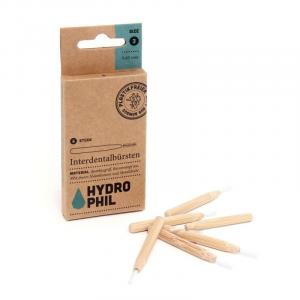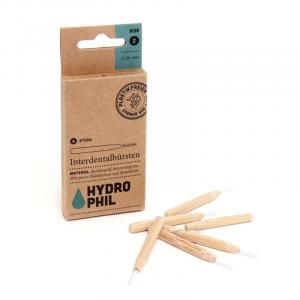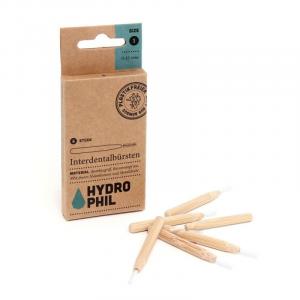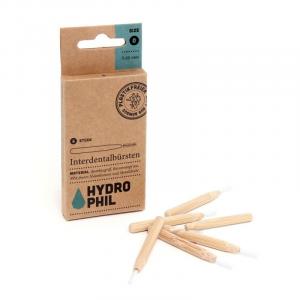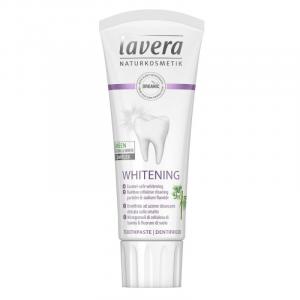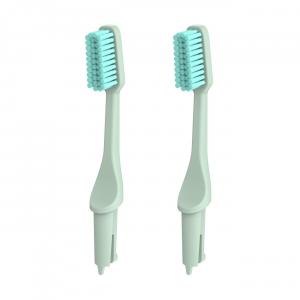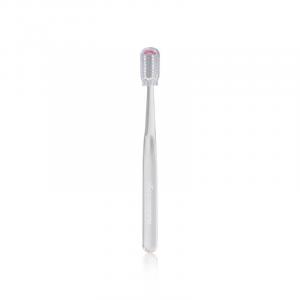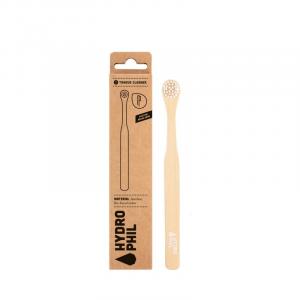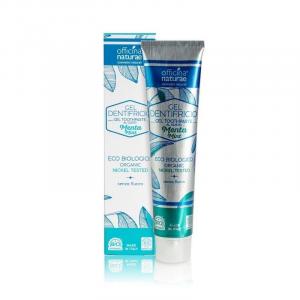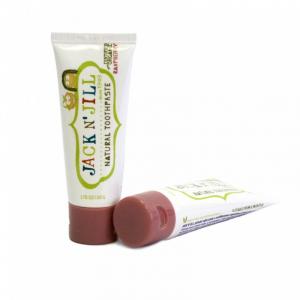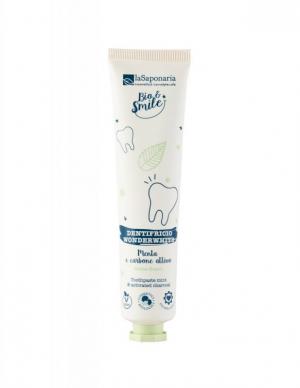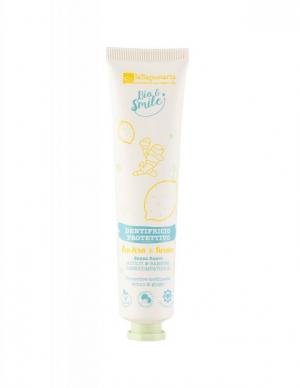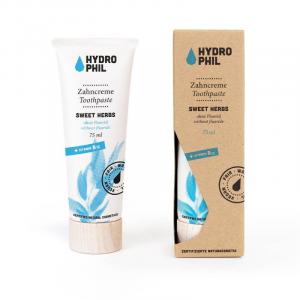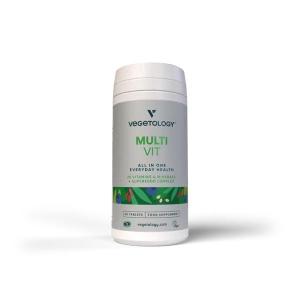
How to Handle a Broken Tooth? Tips for Quick and Effective Relief

What to Do and What Are the Treatment Options for a Broken Tooth?
A broken tooth is one of the most common issues that people turn to dentists for. Whether it’s the result of a sports injury, an accident, or simply an unfortunate bite into hard food, a broken tooth can cause not only physical pain but also significant aesthetic discomfort. This problem can affect anyone, and therefore it's important to know how to respond correctly in such a situation and what treatment options are available.
What Causes a Broken Tooth?
A broken tooth can have many causes. Most commonly, it is due to an injury—a blow to the teeth during sports, a fall, a car accident, or another type of physical trauma can lead to a tooth breaking or cracking. Another common cause is biting into hard foods such as nuts, ice cubes, or candies. If a tooth is weakened by dental decay or previous treatments, the risk of breaking increases even further.
Other factors include bad habits such as teeth grinding (bruxism), nail biting, opening packages or bottles with teeth, or wearing poorly made dental prosthetics, which can increase pressure on the teeth and cause them to crack.
Try our natural products
How to React When a Tooth Breaks?
When you break a tooth, your first reaction should be to try to stay calm and proceed logically. Although the situation can be concerning, it's important not to panic and to act quickly. After the injury, you should immediately check if you have a part of the broken tooth in your mouth. If so, carefully remove it and try to preserve it. The tooth should be moistened as soon as possible—ideally, place it in milk or wrap it in a damp cloth. This increases the chances that a dentist can reattach the tooth fragment.
You should then seek professional help as soon as possible. A prompt dentist's intervention can significantly affect the success of the treatment and minimize the consequences of the damage. If the injury is associated with pain or swelling, you can temporarily relieve it with ice applied to the affected area from the outside of the cheek and over-the-counter analgesics to help manage the pain before seeing the dentist.
Treatment Options for a Broken Tooth
The extent and type of treatment depend on the size and location of the tooth damage. Modern dentistry today offers a range of advanced solutions that can help restore not only the function but also the aesthetics of the damaged tooth.
Try our natural products
Repairing Small Cracks and Fragments
If the tooth break is minor, such as only a small piece of enamel breaking off, the solution can be relatively simple. In such cases, the dentist often recommends applying a composite material that matches the color of your tooth. This material is applied to the damaged area, shaped as needed, and then hardened using a special light. The result is a repair that is not only functional but also aesthetically pleasing and often not visible at first glance.
Treatment of Larger Damages
If a larger part of the tooth breaks off, such as the entire edge or the top of the crown, a more complex procedure may be necessary. The dentist may suggest root canal treatment if the tooth pulp is also damaged. This procedure, known as endodontic treatment, involves removing the damaged or infected pulp, cleaning the root canals, and then filling them with a special material.
After root canal treatment, it is often necessary to protect the tooth with a crown, which is a special restoration that covers the entire tooth. Crowns can be made from various materials, including porcelain, ceramic, or zirconia, and are designed to look and function like natural teeth. Modern technology today allows for the creation of a crown that perfectly matches your other teeth, so the resulting appearance is very natural.
Try our natural products
Veneers as an Aesthetic Solution
In some cases, where the tooth is damaged on the front or has an irregular shape, veneers might be the ideal solution. Veneers are thin ceramic plates that are attached to the front of the tooth. This procedure is less invasive than applying a crown and can be a great way to not only repair a damaged tooth but also enhance the aesthetics of the entire smile. Veneers are often used to repair minor cracks, broken edges, or to cover stains that cannot be removed by whitening.
Prevention of Tooth Breakage
While modern dentistry offers effective ways to treat broken teeth, the best approach is prevention. There are several steps you can take to minimize the risk of breaking a tooth.
Regular Dental Check-ups
Regular visits to the dentist are the foundation of prevention. A dentist can identify weakened teeth or hidden cavities during routine check-ups, which may increase the risk of cracking or breaking. Early treatment of these issues can prevent greater damage in the future.
Proper Oral Hygiene
Proper oral hygiene is key to maintaining a healthy smile. This includes brushing your teeth twice a day, using dental floss, and regular mouth rinses. Good oral hygiene helps prevent dental decay, which can weaken tooth structure and increase the risk of breaking.
Try our natural products
Using Mouthguards During Sports
If you participate in sports, especially contact or extreme sports, it's important to use mouthguards. These protective devices are designed to protect teeth from impacts and reduce the risk of damage. Even if you think your teeth are strong and resilient, one bad fall or hit can have unpleasant consequences.
Avoiding Bad Habits
Many people don't even realize that some common habits can lead to tooth damage. The most common include teeth grinding, nail biting, using teeth to open packages, or biting hard objects, such as pencils or ice. These habits can create excessive pressure on the teeth, which can cause them to crack or break. It's important to be aware of these habits and try to avoid them.
A broken tooth can be a stressful and painful issue, but it's important to remember that it is not an insurmountable problem. Modern dentistry offers a wide range of solutions that can help restore not only the function but also the aesthetics of your smile. The key to success is a quick response and collaboration with an experienced dentist who will help you choose the most appropriate treatment.
